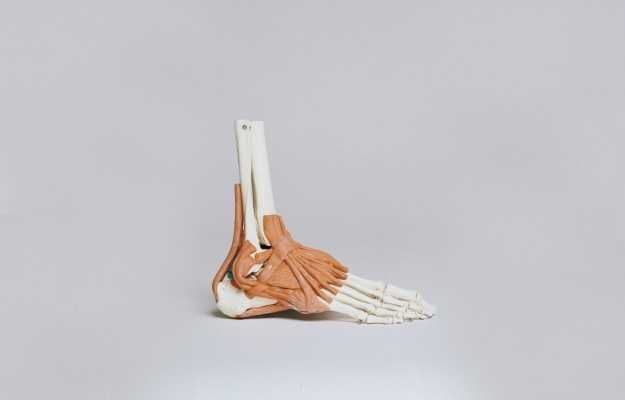So, you’re "active" outside of your 40-hour work-week. Maybe you like to go for a brisk run in the morning, play a game of soccer at the local astroturf arena, or indulge in sports like basketball or badminton with the aim of keeping yourself fit. The area of indulgence notwithstanding, injuries are commonplace for someone looking to level up on the field or those who take fitness seriously.
Those who indulge in sporting activities indoors on artificial surfaces, as well as people who are used to running on the treadmill in the gym or playing sports that involve a lot of jumping, are particularly at risk of suffering from an injury called turf toe. The bottom of your big toe, also referred to as the ball of your foot (metatarsophalangeal joint), remains vulnerable to injury due to the constant pressure put on them while running, sprinting or jumping continuously.
Much like most other running injuries, turf toe is also a sprain or an inflammation of the ligaments that hold the big toe in place. A type of repetitive strain injury, turf toe also affects dancers and gymnasts; basically anyone who uses their toes to either push off repeatedly or whose routine includes a lot of jumping.
The softer astroturf (from where the injury gets its name) or an outdoor playing field are places where people suffer a turf toe, primarily due to the hyperextension of the toes while lifting off. Astroturf, a surface on which field hockey is played, was first developed in 1964, and the injuries came to light shortly thereafter.

 Doctors for Turf toe
Doctors for Turf toe 



































